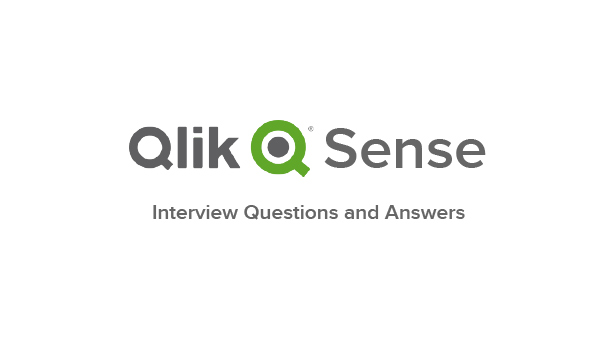Bar Chart: Comparison of similar measurements
- Actual vs budget- money to money. Quarter to Quarter
- Time to Time
- Top N- categorized values (sales reps, customers etc…)
Avoid: comparisons with different units ($ and Qty)
Line chart: measurements to follow its moments or comparisons among items
- Performance trends- amount of moment over time
- Two Dimension comparisons- Annual comparisons over month
Combo Charts: Comparisons for multi measurements
- Two measurements- currency amount and quantity or amount percentage
- Two axis- different measurements on left and right axis
- Two or more axis: split axis horizontally
Radar chart: Comparisons of high level groups
- One or two measurements- sales and profit
- Avoid- a dimension with many values
Gauge chart: Ratio of measurements
- Percentages- margin, quota achieved, year-tot
- Date vs last YTD.
Avoid: actual amounts
Mekko chart: Data using variable width bars
- 3D measurement chart- Amount, Quantity and no. of customers
- Market analysis.
Scatter Chart: Measurement acts as dimensions (3D Chart)
- 3D measurement chart- Amount, Quantity and no. of customers
- Map chart- see sales on Geographical map
Grid Chart: 2 or 3 Dimensions with a measurement
- Multi-cross dimensional measurements
- amounts over- region and product and over time
Pie Chart: Visual Distribution measurements
- what contributes how to the whole- regional sales
- yes/no analysis
Funnel chart: Dimension that contain an expiration time line
- how much is the most aging element
- Sales opportunities
- Product Inventory Expressions
Block chart: Distribution measurements within multi dimensions
- what contributes how to whole and within each segments
- Sales contribution per country
Straight Table: one dimension with multiple measurements
- KPI overview- cyclic group dimensions with sales Qty, margin
- Sort in any no of columns (no grouping)
Pivot table: multi dimensions with one or more measurements
- Grouping of dimensions
- Dimensions across the table and displaying sub totals
First sorted value: It returns the first value of expression sorted by corresponding Sort weight. Sort weight should be a numeric value.
Uses:
- Get the latest field value based on time stamp
- Bigger customer for each product category
- Find the min/max values and extract related field
- Compare highest and second value
- Look up min/max value within range

